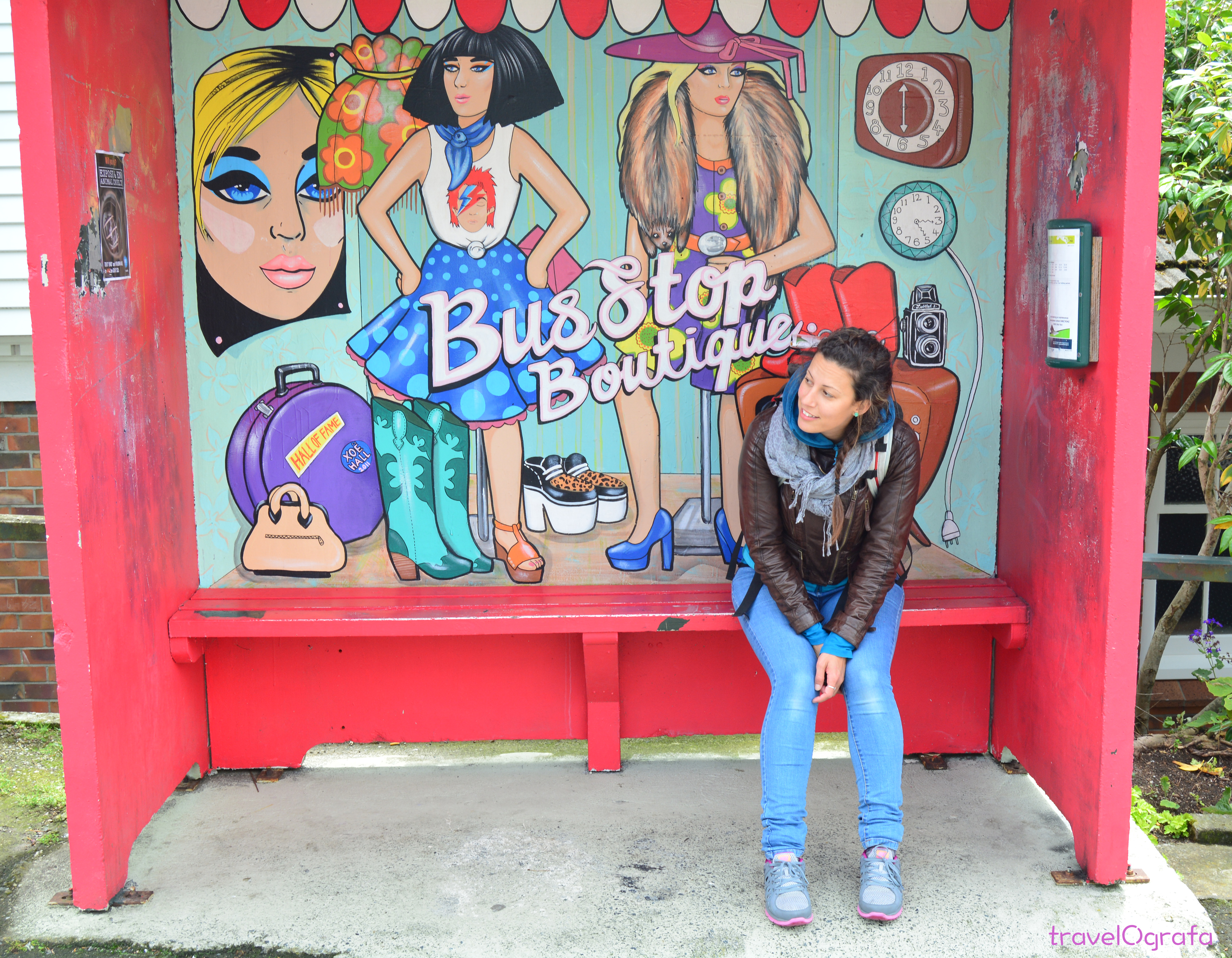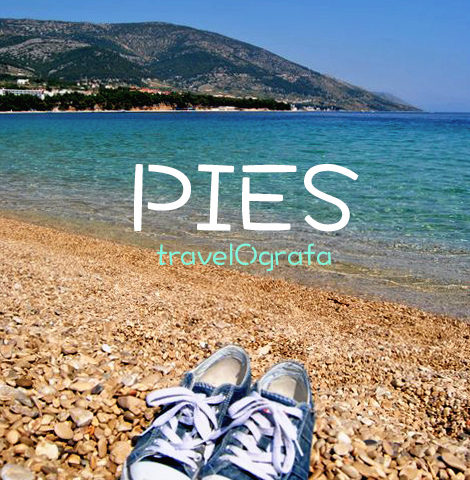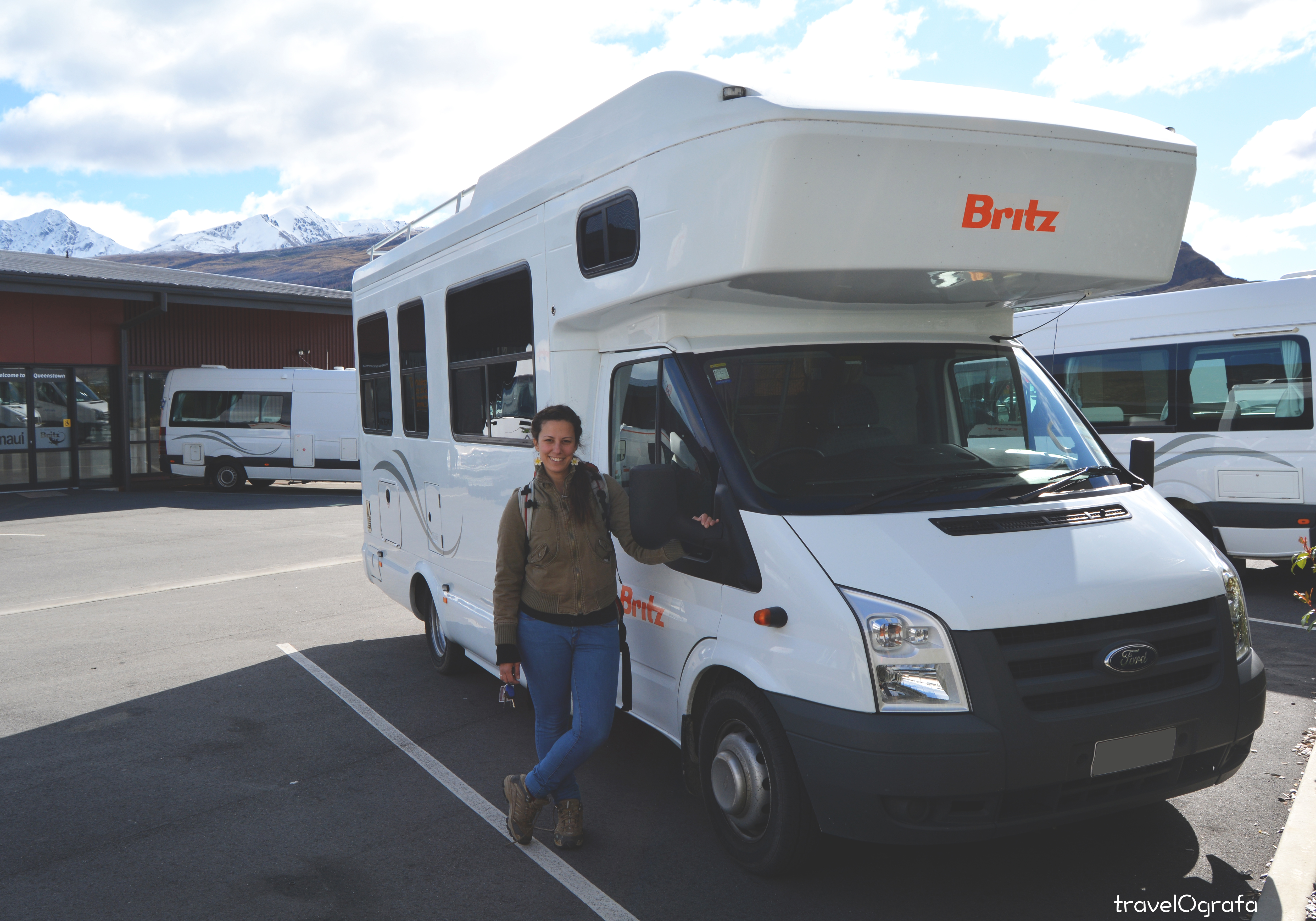#DíaMundialdelMedioAmbiente <3
🐋🐋🐋🐳🐬🐟🌎🌍🌏
#worldenvironmentday
#imwithnature
https://vimeo.com/76025643 … See MoreSee Less
Sea of Love 3D IMAX film teaser
This is a 2D (left eye) from 3D teaser (vimeo.com/75123447) for Sea of Love 3D IMAX film, which is currently in development. The entire footage was shot…
TravelOgrafa shared a link. … See MoreSee Less
GoPro – archivos .thm y .lrv – qué son y ¿conviene borrarlos? | travelOgrafa
travelografa.com
¿No les ha pasado con su GoPro que descargan las fotos en el ordenador o disco externo y les aparecen unos archivos .thm y .lrv como los de la foto? Es bastante molesto cuando no tienes
En algo más de un mes… #Australia 🙂 Mantente atento para las novedades 😉
In a bit more than a month… "#Australia" 😉 Keep coming for more info 😉 … See MoreSee Less
91% of wombats check Facebook while they’re at work. – Wild Life Sydney Zoo
Amazing Plitvička 💚
Maravilloso Plitvice 💙
✈✈✈✈✈✈✈✈✈✈✈
#travel #viajar #travellife
#travelgirl #iamtb
#travelblogger
#femaletravel #mujerviajera
#femmetravel #enjoy #adventure #happyadventuring #colors #wanderlust #backpacker #backpackergirl #outdoors #roadtrip #thankS #hrvatska #lijepahrvatska #hiking #plitvice … See MoreSee Less
It is so wonderful to enjoy these "little" ones playing up close by their choice and freedom 🐬💙🐬💙🐬💙
✈✈✈✈✈✈✈✈✈✈✈✈✈✈✈✈✈✈✈✈
#travel #viajar #travellife
#travelgirl #travelcouple
#travelblogger
#femaletravel #mujerviajera #coupletravel
#couplegoals #enjoy #adventure #happyadventuring #colors #wanderlust #backpacker #backpackergirl #outdoors #roadtrip #photooftheday #dolphins #freedom #delfines #oceanlife #tenerife #teidelover #islascanarias #canaryislands … See MoreSee Less
https://www.adslzone.net/2015/02/02/acceso-leer-email-muerto/ … See MoreSee Less
Nadie leerá tu email cuando hayas muerto ¿o sí?
adslzone.net
Una ley en Estados Unidos permite a los albaceas acceder al email y a los servicios digitales online de usuarios fallecidos sin orden judicial








